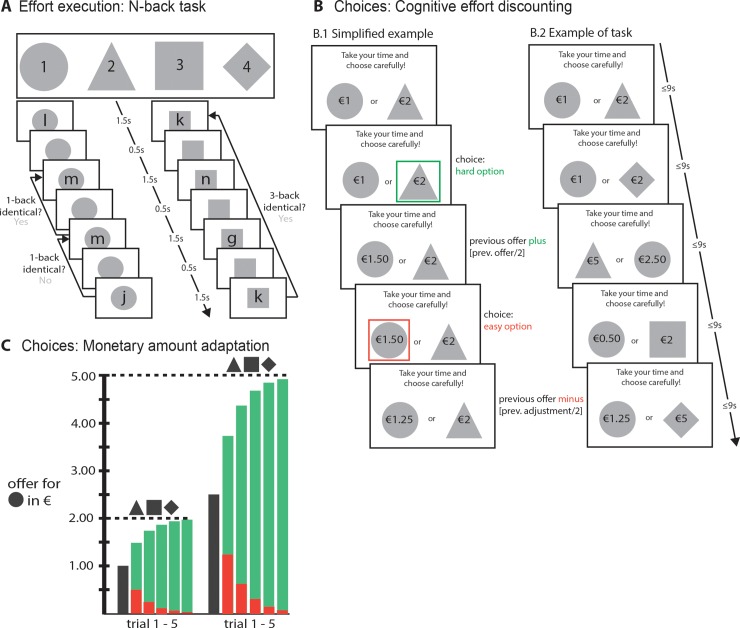Fig 2. The experimental paradigm was based on the procedure described in Westbrook et al., 2013.
A. The N-back task. Letters appeared serially on the screen for 1.5s, but disappeared after a response was given followed by an ITI of 0.5 s. Every trial had a total duration of 2 s. Participants indicated whether every letter as target or non-target by keypress. Target assignment depended on the N-back level represented by shapes. Levels were presented block-wise with increasing difficulty (circle up to diamond). B. The discounting task. Higher N-back levels (levels 2–4) were paired with the lowest level for varying amounts of money. B1. A simplified illustration of one trial type: 1-back (circle) versus 2-back (triangle) in the low amount condition (harder task worth €2 instead of €5). The schema presents the monetary amount adjustment as a function of choice. The amount of the harder tasks is fixed, while the easier task varies. When the hard option is chosen, the amount offered for the easy task increases while it decreases when the easy choice is chosen. The amount adjustment reduces exponentially (by the power of 2), see C. B2. In the real choice task, the trial types (level [3] x amount [2] x amount adjustment [5]) were randomized, resulting in a total of 30 choices. Choices were self-paced but had a maximal duration of 9 s. After the choice is made, a box is presented around the chosen option for 0.75 s. If no response was given, the message “Too slow!” was presented for 0.75 s. Minimal trial duration was set to 2 s. C Per harder task level (triangle, square, diamond), 5 choices were presented with respect to circle (1-back) for a varying amount offered for the easy task. Hard tasks were either fixed at €2 or €5. Red bars show the decrement if participants always chose the easy task, while the green bars show the increment if always the hard task was chosen. Participants’ choices thus vary in this range. The adjusted amount decreased as a function of trial number of the specific pair. The subjective value is determined based on the last trials adapted following the last choice.

